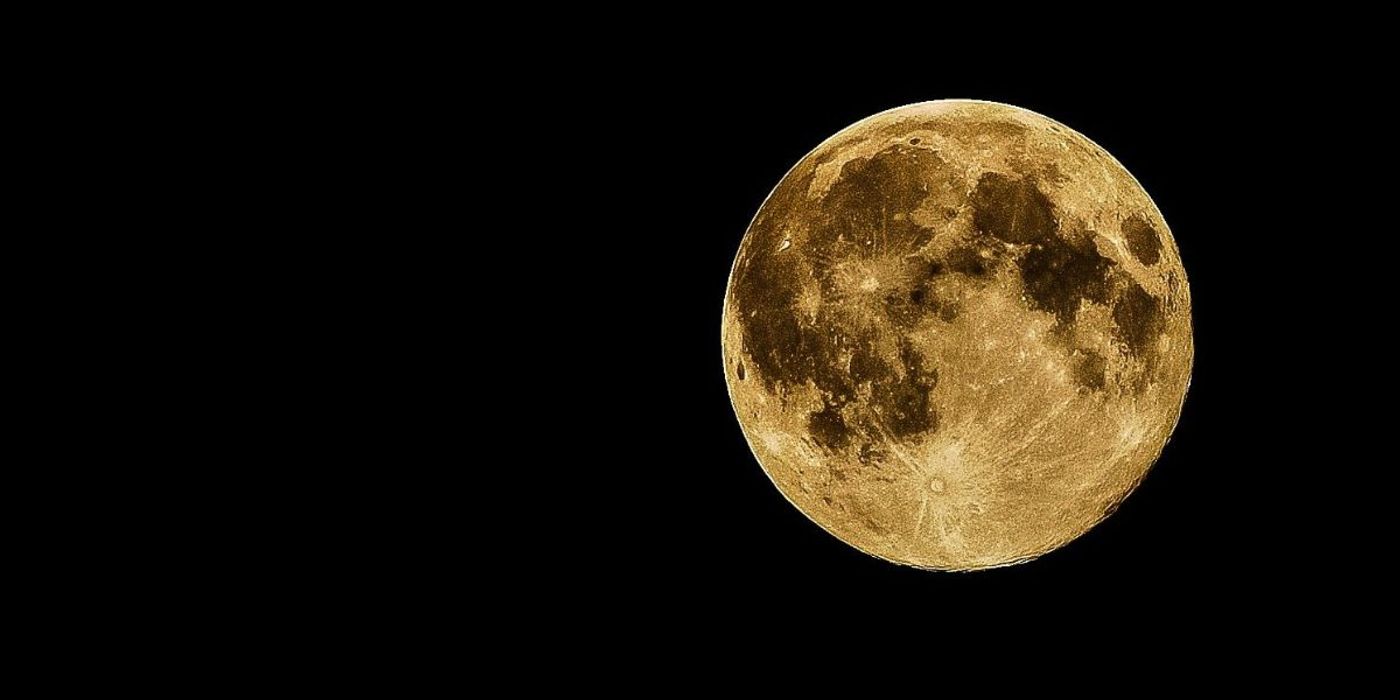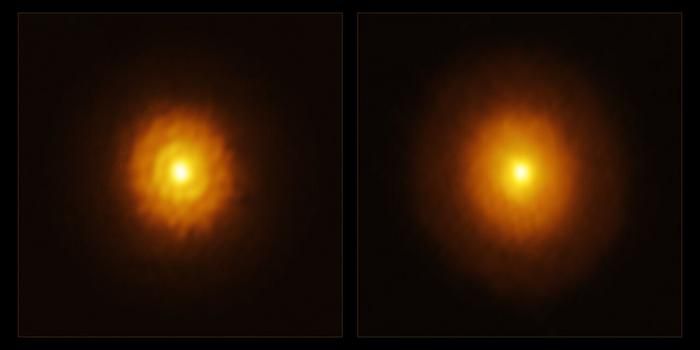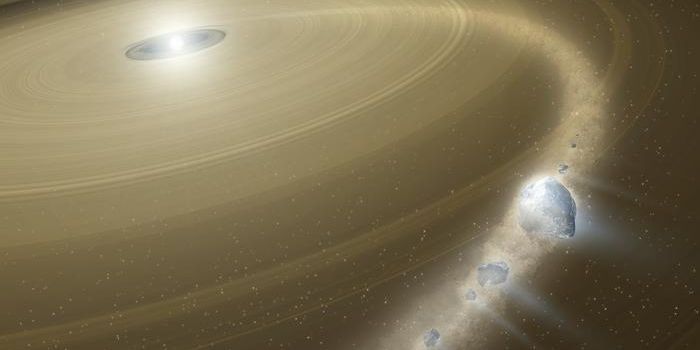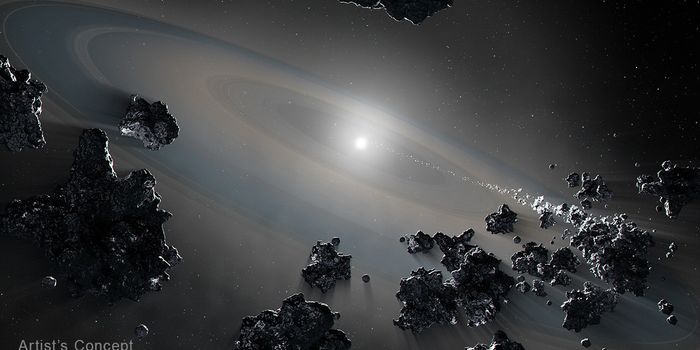China Willing to Share New Moon Samples
China has recovered the first new moon rock samples in decades, and from a previously unexplored part of the moon. Now working to study these samples in the lab, they are open to sharing them with the broader scientific community.
In a press conference, Wu Yanhua, deputy director of the China National Space Administration, said that the samples are to be used for three purposes: science, public outreach, and for sharing with other countries and scientists globally. Whether these samples can be shared with NASA, however, depends on US policy.
The Chinese lunar Chang’e 5 mission left for the moon in mid-November. Its reentry capsule landed in Inner Mongolia on December 16th, marking the end of its 23-day mission. The capsule, containing 1.73kg of lunar rock, was then airlifted to Beijing for processing, analysis, and storage at a facility belonging to the Chinese Academy of Sciences.
Initially, the mission aimed to collect 4.4 lbs (or 2 kg) of moon rock, however topographical difficulties when on the lunar surface made this impossible. Initially, the plan was to drill a 2-meter hole to collect 500 grams of material and then scoop an extra 1.5kg from the lunar surface. When the lander began drilling at its planned site, however, radar echograms showed that there were several layers of slate underneath.
As such, the lander was unable to dig further than around a meter. Needing to complete the mission within one lunar day (14 Earth days) to avoid technical damage from the harsh lunar night, the researchers thus needed to stop immediately and collect all they could.
Now back on Earth, scientists are working to keep the samples free from contamination by Earth particles. Initially unpacked in a vacuum environment and now in safe storage, scientists intend to take the smallest portions of each sample for each analysis to ensure their research will be as efficient as possible.









